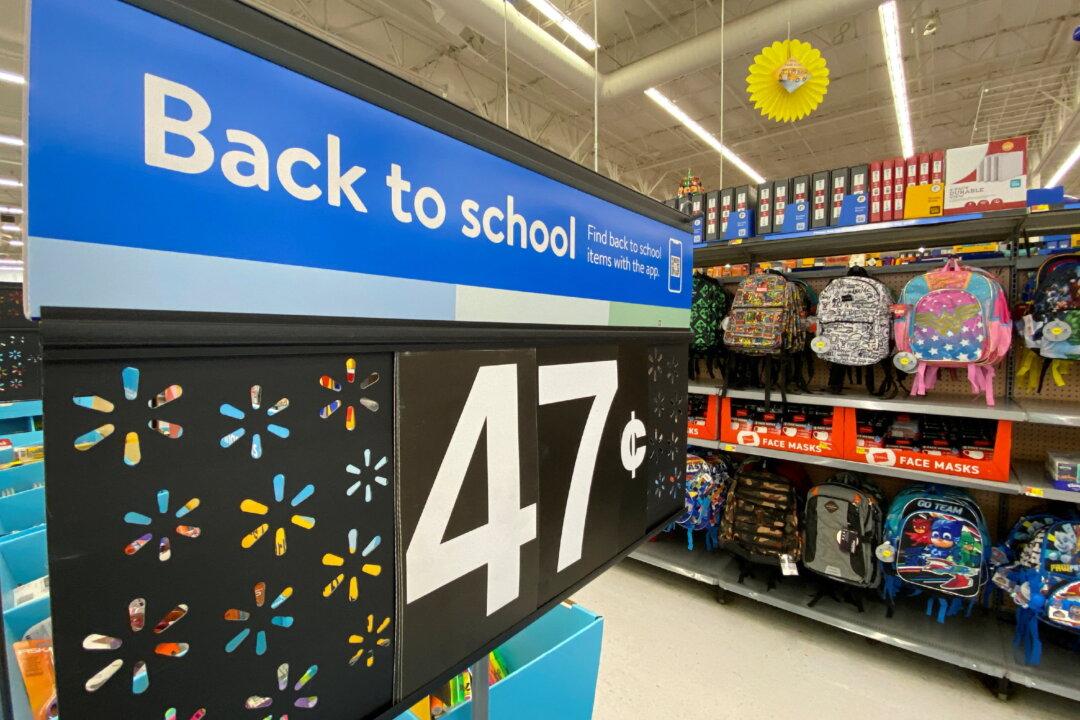As teachers return to classrooms this year, many say the cost of supplies is taking a heavier toll on their wallets.
In a recent Study.com survey of 500 educators, 83 percent said inflation in the United States has affected their ability to purchase necessary classroom items.





